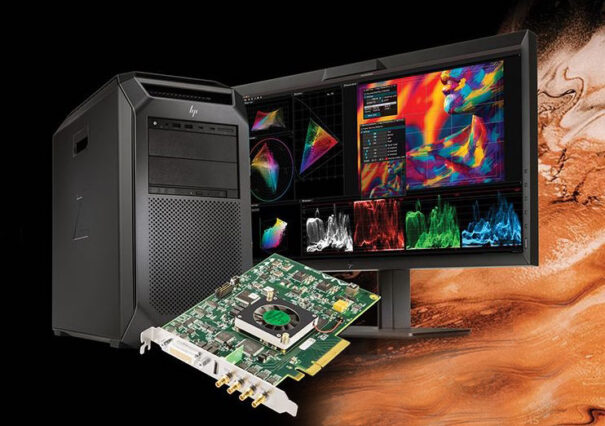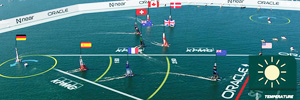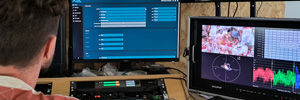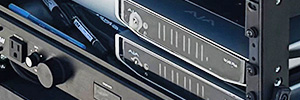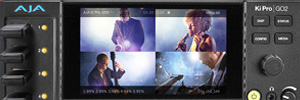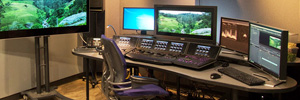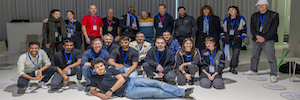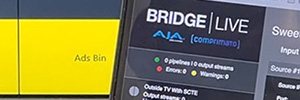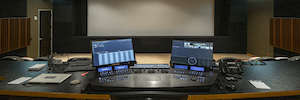Time in Pixels’ Nobe OmniScope uses AJA I/O technology to enhance video analysis
Time in Pixels Founder Tomasz (Tom) Huczek developed Nobe OmniScope, a software-based suite of scopes that help creative professionals analyze a broad range of video sources and imagery with standard post production tools.
An AJA Developer Partner, Time in Pixels worked closely with AJA to deliver Nobe OmniScope support for AJA desktop and mobile products like Kona 4 and Io XT, in addition to AJA U-TAP and T-TAP Pro. Kona 5 and Io X3 integrations are planned to support future customer demand.
Access to accurate information about the color and exposure of source footage is crucial to the color workflow on any production, making video scopes essential to modern grading suites and digital imaging technician (DIT) carts.
Specializing in building tools for filmmakers, colorists, and post professionals who work on high-profile cinematic, commercial, and episodic projects, and, increasingly, photographers, Time in Pixels launched Nobe OmniScope in 2021.
Huczek and team initially designed the software – which supports industry-standard post applications like Adobe Premiere Pro, After Effects, LightRoom and Photoshop, Apple Final Cut Pro, and Assimilate Scratch, among others – with colorists in mind.
Upon launch, demand quickly rolled in from other creative disciplines, including DITs, as well as live and virtual production professionals and monitor calibration specialists. Color scientists have also leveraged the technology to verify some of their theories or to experiment with formulas.
“All the customer feedback we receive is invaluable, and we do our best to accommodate it. This includes requests for support for popular audio and video I/O technology from AJA Video Systems,” Huczek shared. “Requesting a Developer unit from AJA was a smooth process, and the SDK was easy to follow, which made the integration seamless. It’s been a pleasure collaborating with AJA on the integration.”
A typical Nobe OmniScope setup in a facility or on a DIT cart includes a color grading workstation equipped with a computer, a high-quality monitor, and a color grading panel; the software; and an audio and video I/O card or box. Although the software supports a range of I/O tools, Time in Pixels regularly recommends AJA’s I/O devices to customers. “AJA gear is easy to use and install, and it’s durable,” noted Huczek. “We’re confident that it’s going to work as promised for our customers, with high color accuracy and low latency, so we know they’ll be happy with it.”
With the continued rise in demand for HDR production and post in recent years, Time in Pixels has received several customer inquiries about best practices for monitoring HDR content. “When it comes to a question of HDR with Nobe OmniScope, we often recommend AJA Kona 4 for I/O because it’s well-suited for this application and is future-proof,” Huczek added. “It works well for HDR and virtual production environments.”
As the industry continues to rapidly evolve, Huczek and team remain optimistic and are prepared to address emerging technology developments. “I think we’ll continue to see new and interesting advancements in XR, virtual production, HDR, and more, and we’re tailoring our roadmap accordingly. AJA also has a track record of releasing products that address emerging market needs, so I’m confident there will be more AJA tools to come that bring interesting new opportunities for both AJA and Time in Pixels,” Huczek concluded.
¿Te gustó este artículo?
Suscríbete a nuestro NEWSLETTER y no te perderás nada.



